Animal Facts
Rhinoceros
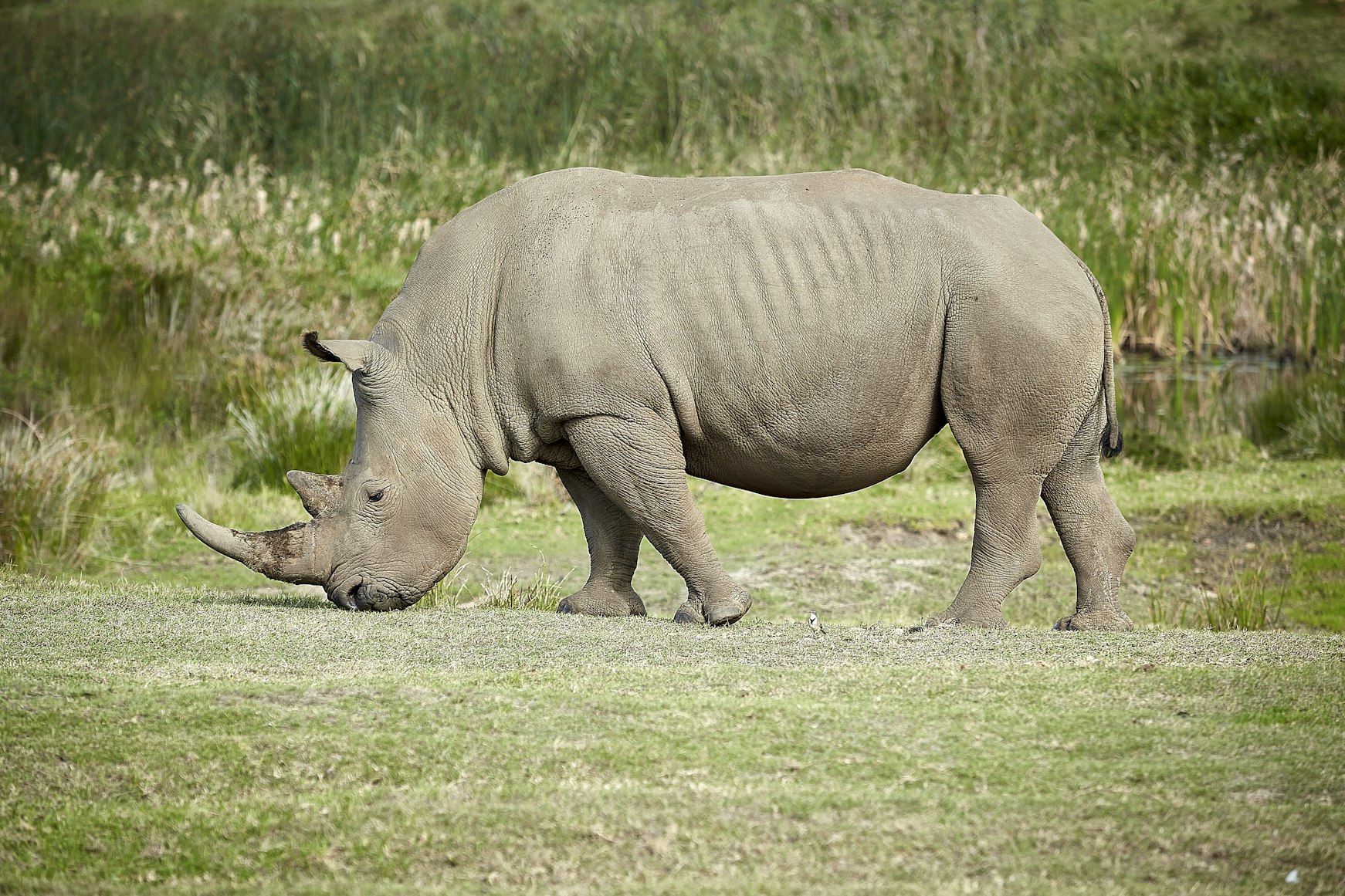
The rhinoceros gets its name from one of its most notable features: its horns. The word rhinoceros come from the Greek words rhino meaning “nose” and ceros meaning “horn.” The number of horns that a rhino has varies on the species. The two African species (the black rhino and the white rhino) and the Sumatran rhino have two horns, while the Javan rhino and one-horned rhino have one horn.
Sea Turtle
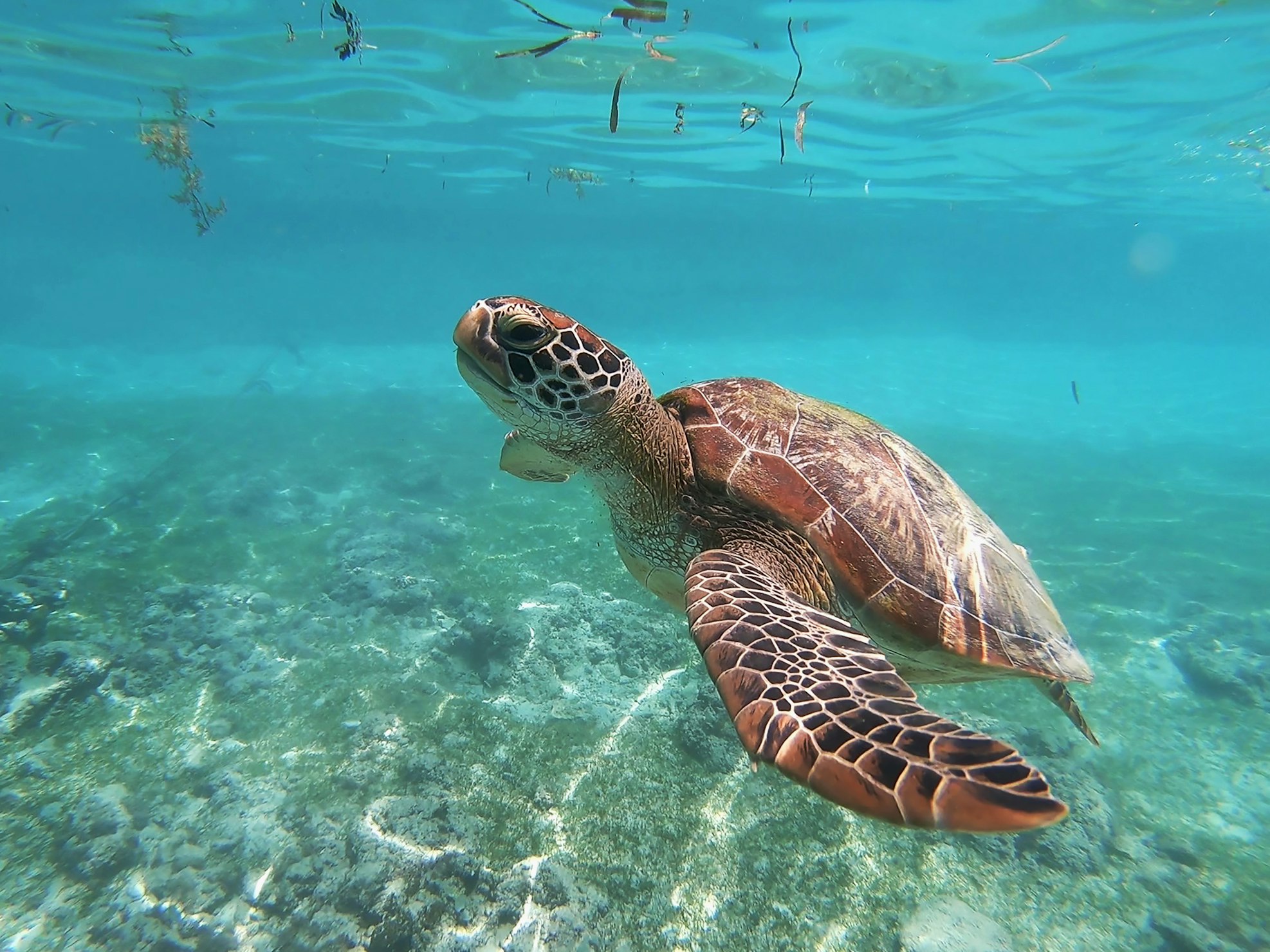
Sea turtles are characterized by a large, streamlined shell and non-retractile head and limbs. Unlike other turtles, sea turtles cannot pull their limbs and head inside their shells. Their limbs are flippers that are adapted for swimming, so they are vulnerable while on land.
Giraffe
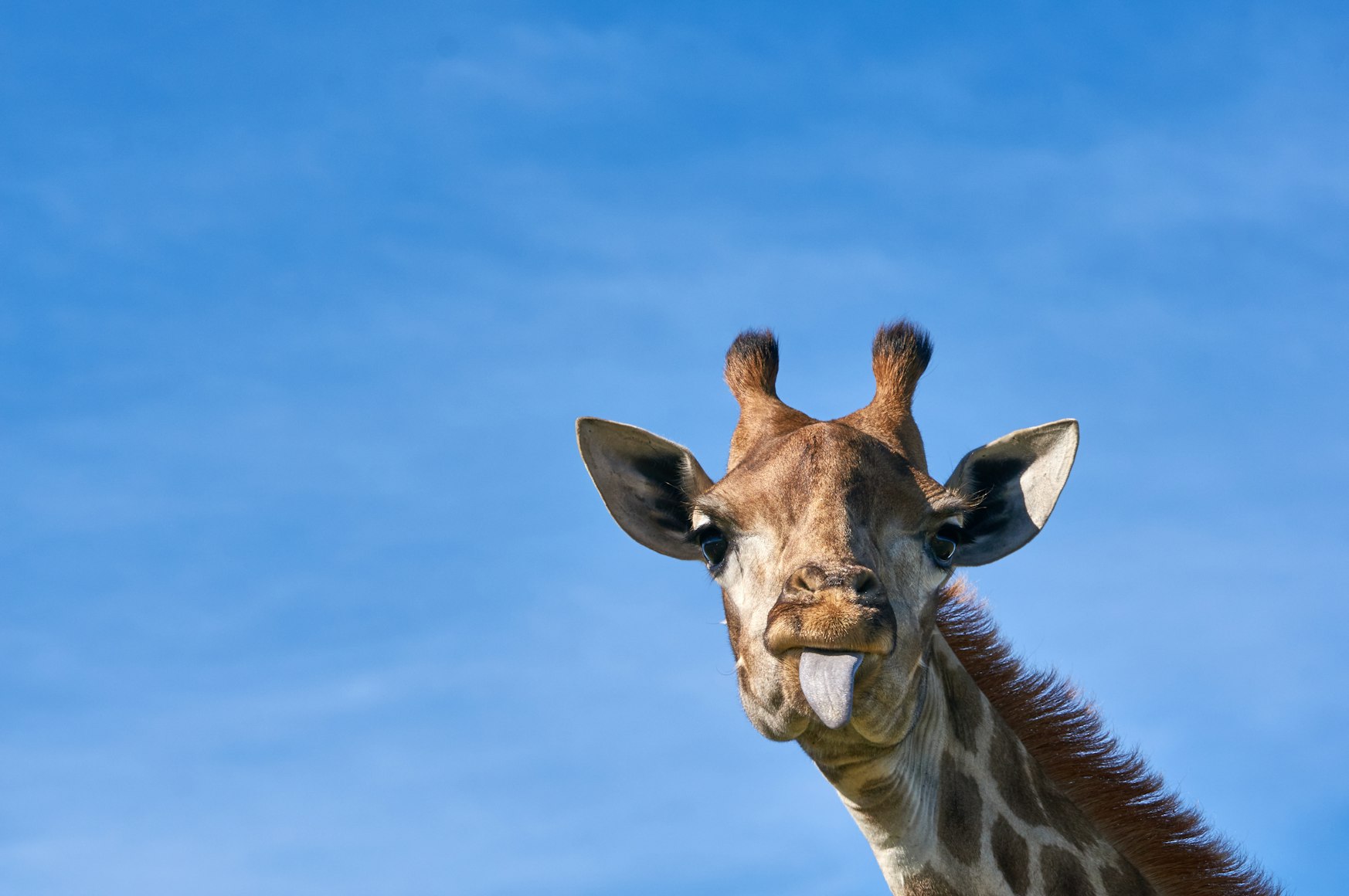
Giraffes are known for their long, tall appearance. They have a small hump on their back like a camel and have a spotted pattern similar to that of a leopard. Because of the combination of these features, some people called the giraffe a “camel-leopard.” That’s where the giraffe’s species name “camelopardalis” comes from.
Elephant
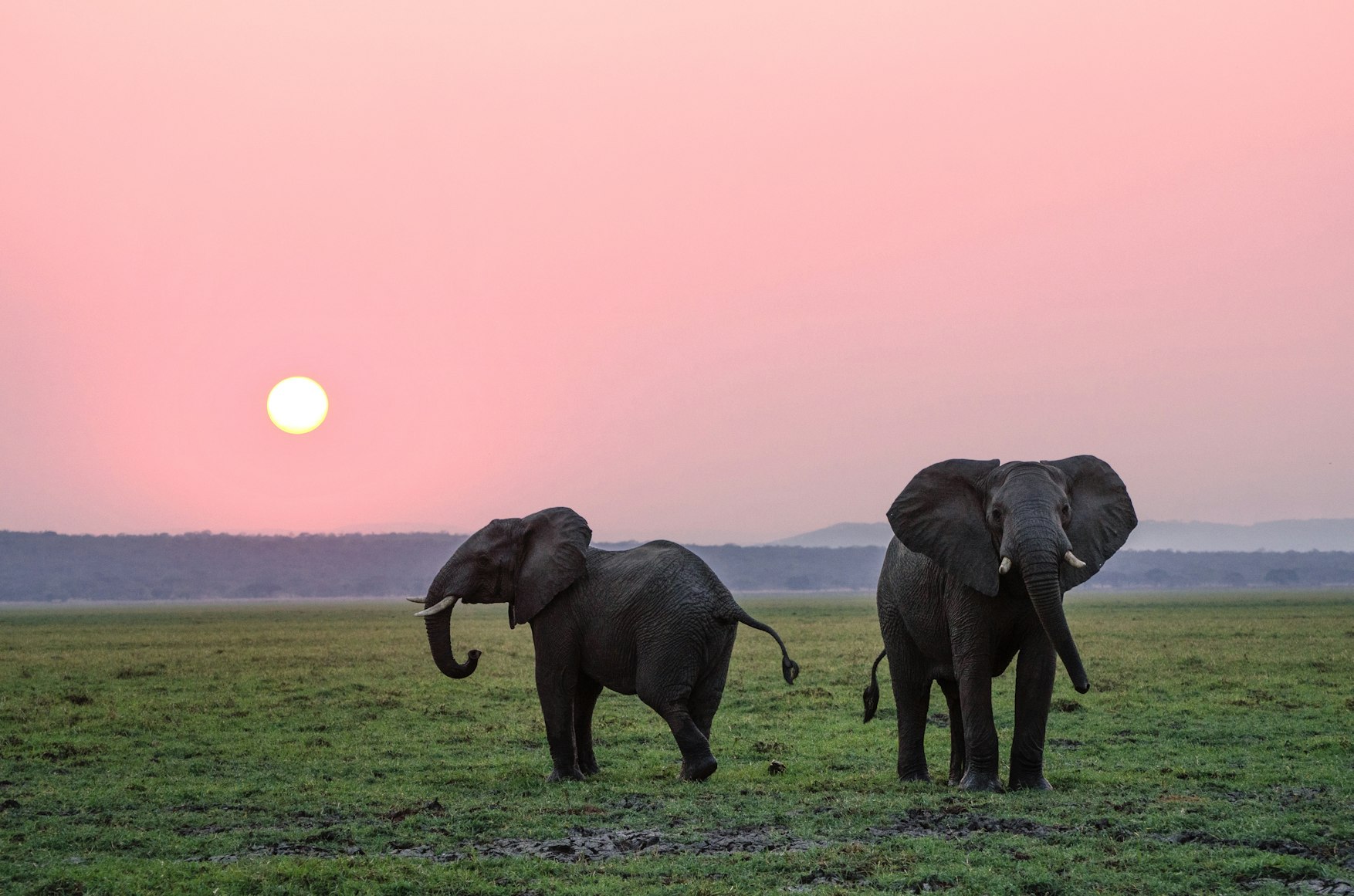
Elephants are the largest existing land animal, with massive bodies, large ears, and long trunks. Elephants’ long trunks are multifunctional. They are used to pick up objects, trumpet warnings, greet other elephants, or suck up water for drinking or bathing.
Dolphin
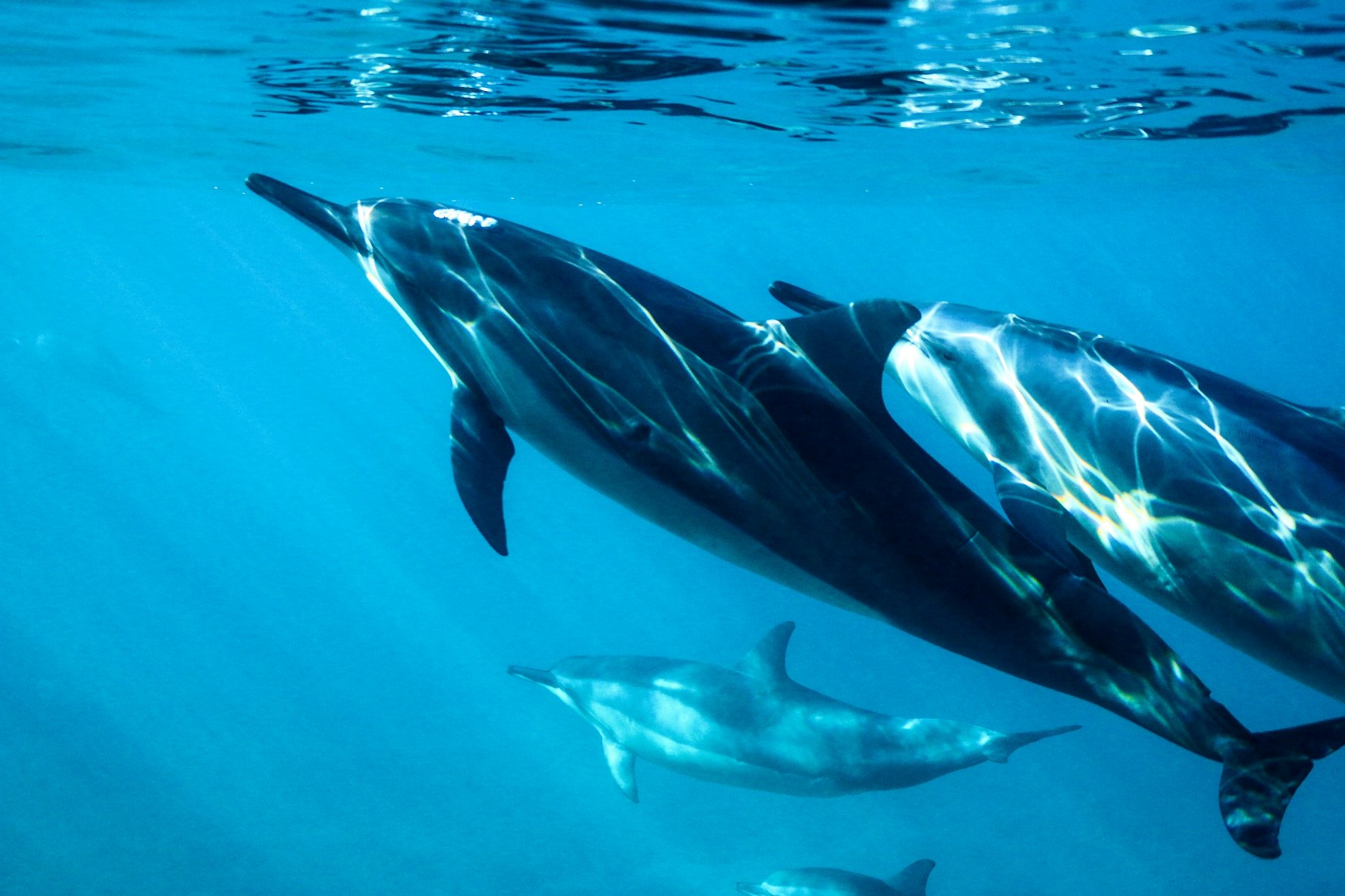
Dolphins range in color depending on the species, from white, pearl, and pink to darker shades of brown, gray, blue, and black. They have smooth skin, flippers, and a dorsal fin. They have a long, slender snout with about 100 teeth and a streamlined body. They have a single blowhole on top of their head, which has a flap that opens to reveal a pair of nostrils. The dolphin uses these nostrils for breathing when it surfaces.